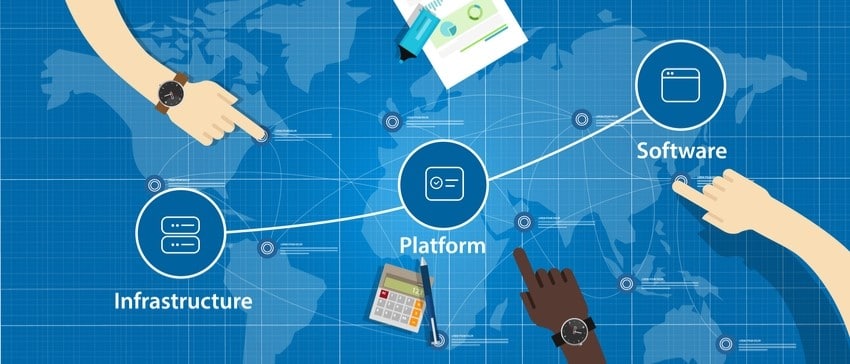ProcurePort invited Procurement Insights industry thought-leader Jon Hansen to share his thoughts on automating procurement. Here is what he had to say:
There remains a significant gap between the Haves and Have nots in the procurement space. Fortune 2000 companies have moved towards total digitization of all procurement processes (including experimentation with AI and Blockchain). However, the majority of the medium to large size enterprises are still struggling to implement procurement automation, even in its most basic forms. Excel, Word and email are still dominating the buyer/seller interaction for all transactions. – Jemin Patel, Director at ProcurePort
I don’t usually open an article with such a lengthy quote from a third party, let alone a service provider. However, I made an exception in Jemin Patel’s case. The reason for this exception is because of his comments regarding the struggle that organizations are having with implementing their “procurement automation” strategies. The fact that he referred to the continuing use of spreadsheets and email was also noteworthy.
The fact is that the successful implementation of a procurement automation initiative – otherwise known as the digital transformation of the supply chain, has little to do with a “features, functions, and benefits” analysis.
To be successful, you must look beyond the technology to assess your organization’s digital readiness and align yourself with the right partners to realize your objectives. The results of the recent Deloitte’s CPO survey (refer to the graphic below) give testimony to this necessity.

“Looking” beyond technology?
As someone who remembers the days of punch cards, chads and CP/M, I can appreciate the tendency to lead with technology.
Back then – when the industry was more hardware than software-driven, you had to have a technician’s knowledge and hobbyist passion for making the tech work. That is not the case today.
In the Gartner postmodern ERP world, the general reliability of by-the-drink platforms and end-user familiarity with buying online – thank you Amazon, has taken both the mystery and complexity of tech out of the equation.
In other words, successful implementations are the result of your ability to assess your organization’s digital readiness and align yourself with the right partners to realize your objectives.
When you understand your digital readiness and align yourself with the right partner, you are ready to turn your attention to the technology in procurement.
Identifying the right partner
In a future post, I will get into the specifics of assessing your digital readiness in greater detail, including “why and how.”
With this article, I am going to focus on the whom as in how to select the best partner with whom you can work to buck the trend highlighted in the Deloitte survey. The reason for focusing on identifying the right partner first is twofold:
- Given the multitude of service provider options, it is easy to get lost in a sea of reviews. As valuable as a Magic Quadrant report might be, it doesn’t focus on the intangibles that are ultimately the foundations on which you can build a successful procurement automation strategy.
- By looking “beyond the technology,” you will be able to quantify the depth of procurement practice expertise and practical experience of a potential provider partner.
Experience counts
Back in October 2018, Capgemini published its Annual Digital Procurement Report. In that report, and based on functionality in areas such as sourcing, accounts payable, reporting and analytics, they named ProcurePort as “one of the digital procurement industry’s most highly-recommended solutions.”
Despite this as well as other industry accolades, before this past week, I had never heard of ProcurePort. Even if I had read the review in 2018, I would likely not have paid too much attention. After all, when was the last time you read a truly bad review of a provider’s technology?
That’s right; a bad review is very unlikely on a feature, function, benefit basis because while there are differences between one provider’s tech to the next, in the digital age they will all work. In this regard, procurement technology, to a certain extent, is commoditized.
What isn’t commoditized is the provider’s “experience” – including track record, and procurement practice insight and understanding. And it is this experience that brings us back to my opening paragraph, referencing Patel’s comment.










